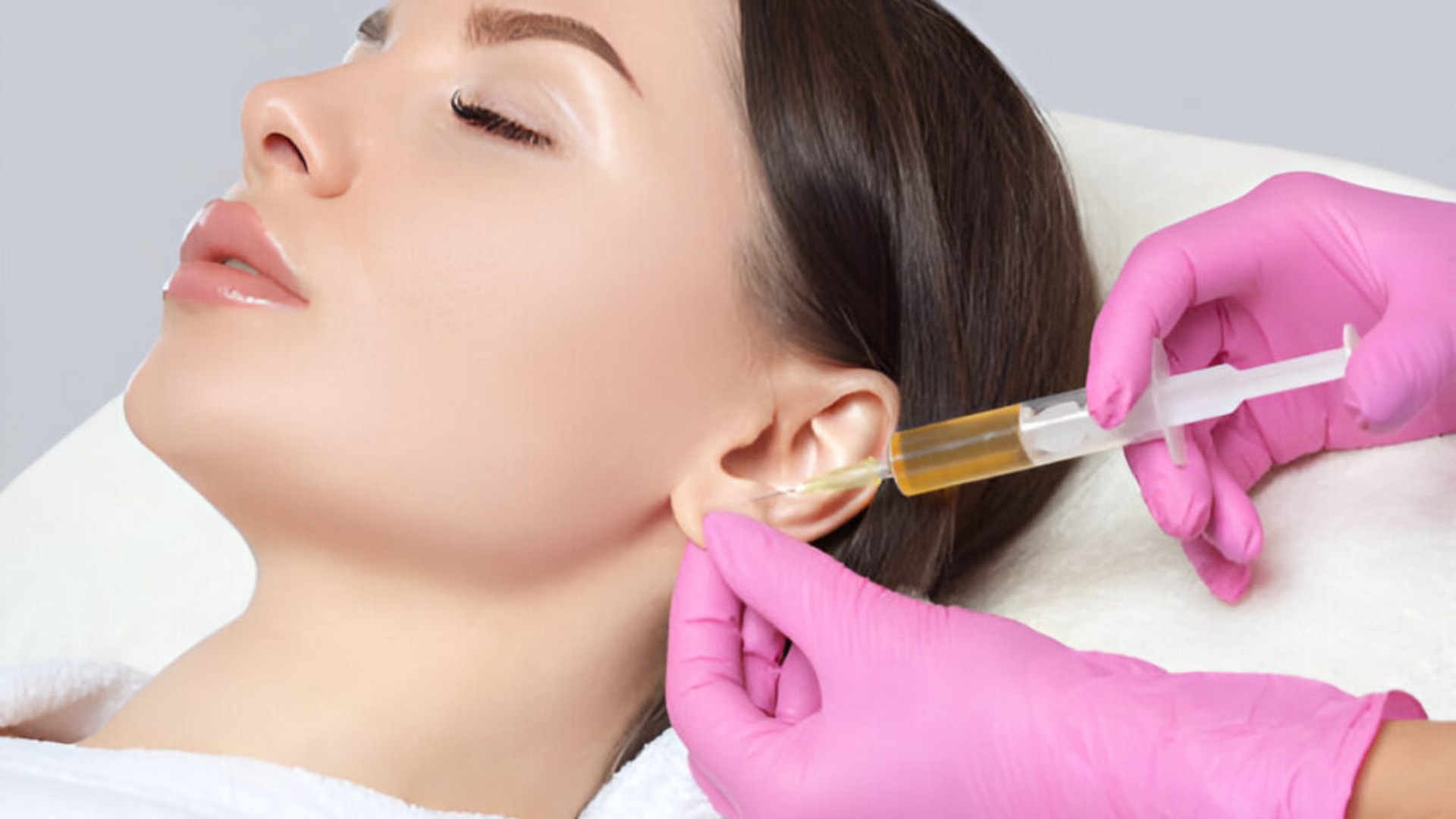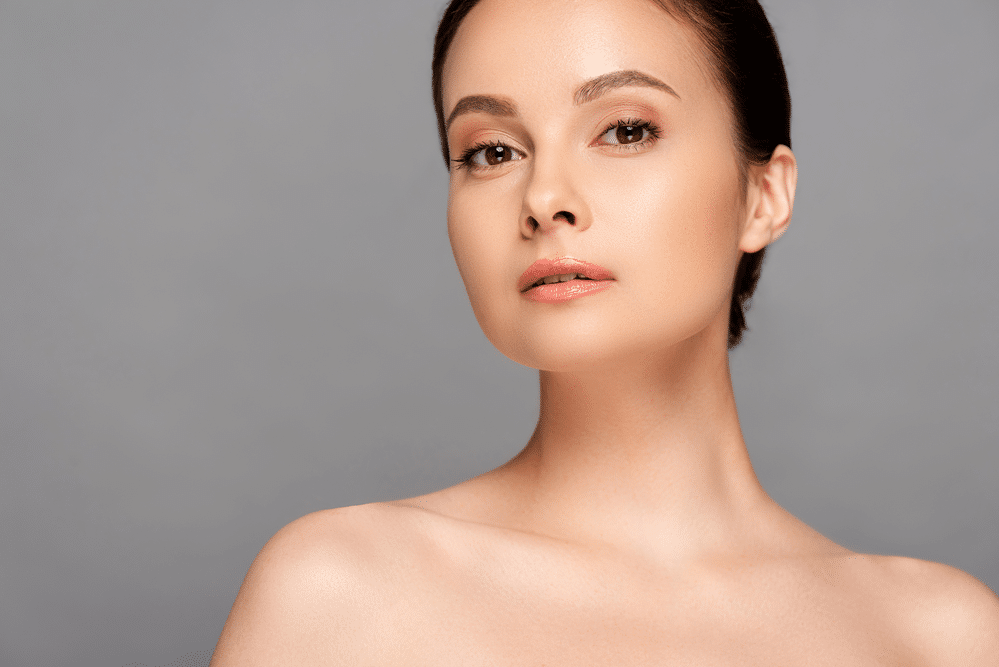adding volume to it, as well as inducing collagen. Results may be immediate, but most people will likely see results in 3-6 months. Visible results are usually expected to last anywhere from 6-24 months. An estimated 90% of acne scar patients tend to notice an improvement. Each session takes around 30 to 45 minutes, with little downtime afterward; and normally, touch-ups are advised annually.
What Are Scar Fillers?
Scar fillers are injectable treatments available to help improve the appearance of atrophic scars by adding volume beneath the skin. The most commonly used fillers include hyaluronic acid (HA), poly-L-lactic acid (PLLA), and calcium hydroxylapatite (CaHA); all have distinctive properties that make them more suitable for specific scar types. Such treatments are absolutely effective in cases of atrophic scars, like acne scars or surgical scars. When the scars are hypertrophic or keloidal, fillers are less effective because other methods of treatment, like laser therapy or injections of corticosteroids, become necessary.
For instance, rolling acne scars are most effectively treated with Juvederm and Restylane HA fillers, which produce immediate results lasting from 6 to 12 months. For deep surgical scars, Radiesse (CaHA) or Sculptra (PLLA) may be more appropriate and of longer duration, since the stimulation of the patient’s own collagen comes into play.
Filler treatments have surged worldwide—particularly for acne scars—reflected in the 1.3 million dermal filler procedures reported by the American Society of Plastic Surgeons in 2023.
How Do They Work?
Dermal fillers basically work by plumping the depressed areas and stimulating collagen production to restore a smooth, even skin texture. For instance, hyaluronic acid-based fillers bind with skin water, offering immediate hydration and skin volume. This makes them an ideal choice for people seeking quick, visible improvement with no downtime.
In contrast, PLLA fillers like Sculptra tend to result in a natural-looking improvement that may last as long as two years through gradual stimulation of collagen over several months. A study by the Journal of Dermatologic Surgery in 2022 concluded that 80% of patients with surgical scars treated with PLLA fillers were satisfied with the results at 12 months, touting the long-lasting benefits via induction of collagen.
Finally, thicker CaHA fillers like Radiesse can be used for deeper and more severe scars because they are viscous and durable, offering structural support for as long as 18 months. The different types of fillers simply provide the practitioner with an avenue where other forms of fillers can be recommended based on the type of scar and desired results. In this direction, individual treatment plans can be availed to the clients.
Types of Fillers Available
-
HA Fillers: Juvederm, Restylane, among others, are great for immediate hydration and adding volume. They are very effective in treating fine lines, acne scars, and superficial surgical scars. Results may last anywhere from 6 to 12 months based on the patient’s metabolism and lifestyle.
-
PLLA Fillers: One of the most widespread PLLA fillers happens to be Sculptra. It doesn’t work right away but stimulates collagen, so improvements will start to show in 3 to 6 months. These fillers are great for deep scars and may last up to 24 months.
-
Calcium Hydroxylapatite (CaHA) Fillers: Radiesse is more suitable for deep surgical scars, offering immediate volume and support for collagen longer. Results usually last 12 to 18 months; thus, it can be considered reliable by the patients.
These different types of fillers allow physicians to tailor treatments to various skin conditions, scar depths, and patient expectations. Many clinics combine multiple fillers to achieve the most effective results in complex scar patterns.
Who Should Consider Them?
The best candidates are patients with minimally invasive treatments who have scars resistant to topical therapies, including acne scars or surgical scars. Dermal fillers offer a nonsurgical alternative in improving skin texture and boosting confidence, especially to patients aged 25-45, who are most concerned about acne scarring.
However, it should be contraindicated for those with chronic autoimmune conditions, pregnant women, or patients who have extreme allergic reactions to any of the components in fillers. Patients prone to keloid development or those with current acne outbreaks may want to consider alternative treatments such as laser resurfacing or microneedling before filler treatment.
Consultation with experts can provide recommendations tailored to skin type, scar type, and aesthetic goals. A personalized approach ensures safety and effectiveness.
Procedure and Recovery
The filling procedure is quick and minimally invasive; it takes about 30-45 minutes. First, the professional cleans the application area and marks it; after that, if necessary, anesthetic cream is applied. With the help of a fine needle or a blunt cannula, the filler is strategically injected into the scarred area to restore volume and smooth the skin.
Mild swelling, redness, and bruising may occur post-procedure but often clear up within 24-48 hours. Clinics recommend avoiding alcohol, heavy exercise, and sun exposure for about 24 hours after treatment to minimize bruising. Some practitioners also advise gentle massage for certain fillers to prevent lumps from forming.
Though most patients return to normal activities immediately, follow-up treatments may be needed to refine the treatment area, especially for complex scarring. Many clinics offer package plans to help patients maintain consistent results throughout the year.
Potential Risks and Side Effects
While generally safe, patients should be informed about potential risks, such as swelling, bruising, and allergic reactions. A serious but rare complication is vascular occlusion, where a blood vessel becomes blocked by the filler, potentially leading to tissue necrosis if not treated promptly. 5% of filler complications are linked to poor injection techniques, underscoring the need to visit licensed professionals.
A survey found that 95% of patients reported positive outcomes when treated by board-certified dermatologists or aesthetic physicians. However, some temporary bumps or uneven textures may appear at the injection site, though these usually self-correct within 1-2 weeks.
Clinics also advise avoiding fillers if patients are undergoing other treatments, like laser therapy or chemical peels, within a short time to prevent adverse skin reactions.
How Long Do Results Last?
The longevity of results depends on filler type and patient metabolism. HA fillers typically last 6-12 months, with follow-ups recommended every 8-12 months to maintain results. For longer-term effects, PLLA fillers like Sculptra can last up to 2 years, but 2-3 initial sessions spaced 4-6 weeks apart may be needed.
CaHA fillers like Radiesse offer structural support for 12-18 months, making them ideal for patients seeking durable solutions for deep scars. Clinics often recommend annual touch-ups to extend the effects and maintain a smooth skin texture.
Combining fillers with other treatments, such as Botox or microneedling, can provide more comprehensive skin rejuvenation. Some aesthetic centers offer bundle packages combining fillers with fat-dissolving injections or Botox to address multiple concerns in a single plan





